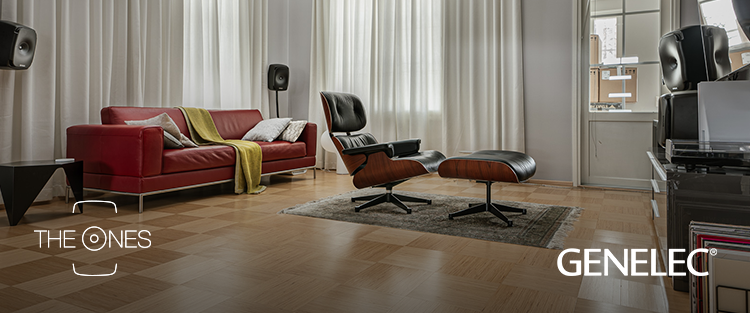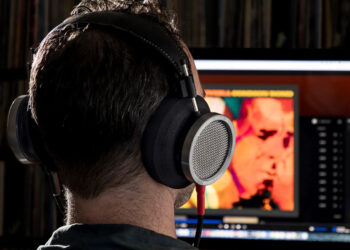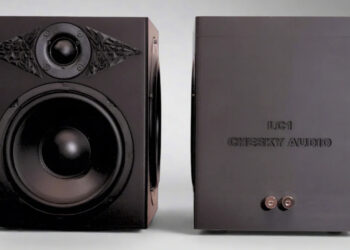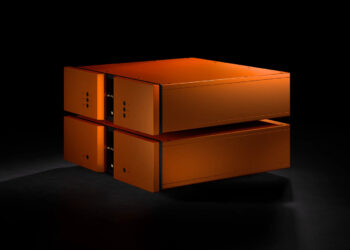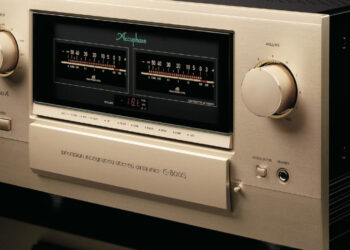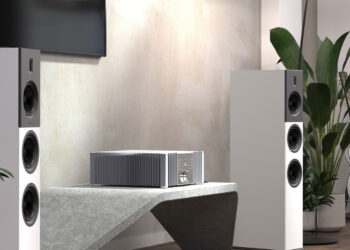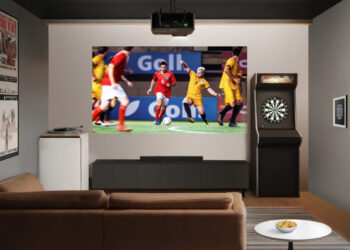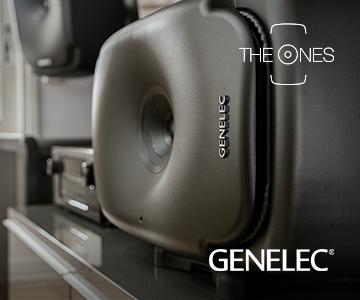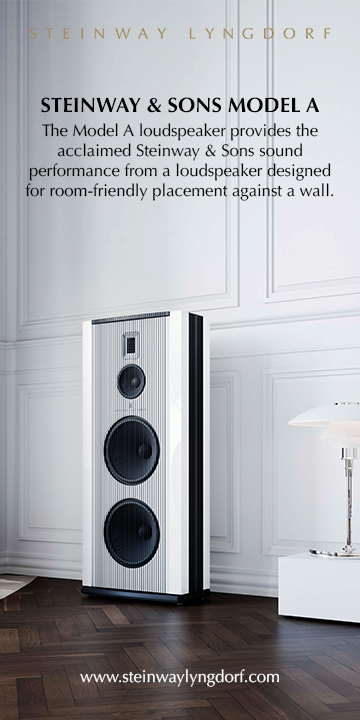Steinway Lyngdorf recently introduced their new P300 3D surround processor. Peter Lyngdorf, founder of Steinway Lyngdorf, eleborates about the core values of the brands multichannel systems. Enjoy his insights!
It’s a little bit out of my league, because a multichannel processor nowadays is such a complicated product. The baseline is that it has all the latest functionality in video, all the latest sound formats. It has 16 individual channels. From every multichannel processor in our Steinway systems we can control any number of speakers; 256 individual speakers. All that remains the same from the earlier processors. So, the P300 is just an update of everything. It can handle the latest video formats and the latest audio formats. In the processors we have, of course, RoomPerfect. Peter Lyngdorf – Found Steinway Lyngdorf
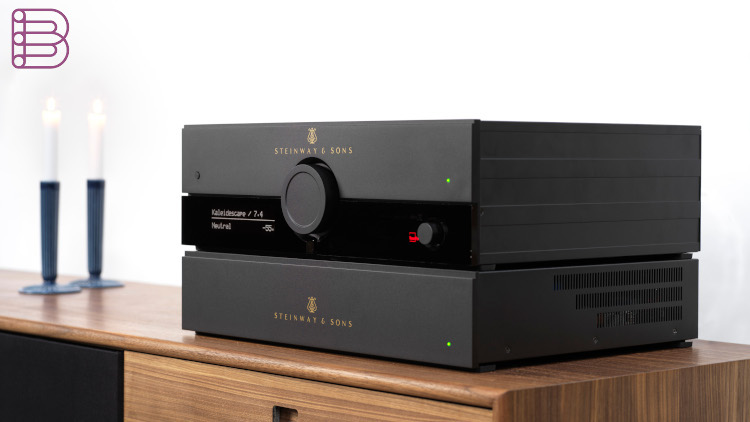
Psycho-acoustic bass steering explained
But that’s really not all. We also have a sophisticated bass management technology. We call it psycho-acoustic bass steering. In a setup with more than 2 channels, we are typically using a subwoofer left and a subwoofer right. We call them woofers, along with the mid-high system. Now we are talking about home theatre, big powerful home theatres. You can use the Model B for left and right of course. Typically we combine a woofer and a mid-high speaker for the left channel and a woofer/mid-high for the right channel and that becomes our full range speaker system. Then for the center channel speaker, we absolutely do not want to produce anything below 200Hz from the center channel position. The reason is that, if you put a full range speaker where the center speaker goes … maybe you can correct for the frequency response, but the impulse response is going to be vastly different then it is for your left and right speaker. So, what’s missing from the low frequencies from the center channel is produced by the left and right speaker. They are time-aligned, and we do RoomPerfect on them. When the center channel speaker plays music or whatever, we have a separate woofer/low frequency input going to the left and right speaker, aligned for the center channel speaker. We do the same for the surround speakers. So actually, let’s say in a 11.2 system, we have several layers of low frequency information going the left and right speaker, that normally should have come from the other speakers. It’s a very complex setup, but it works exceedingly well. Even with a tiny little speaker for the left, right, surround, on the ceiling … it will sound like every speaker is a full range speaker. It will sound a lot more uniform then if you have full range speakers everywhere. We don’t want full range speakers everywhere. That is one of the reasons why our multichannel systems sound so superior. Of course, there’s RoomPerfect, our fully digital amplifiers and so on. Peter Lyngdorf – Founder Steinway Lyngdorf
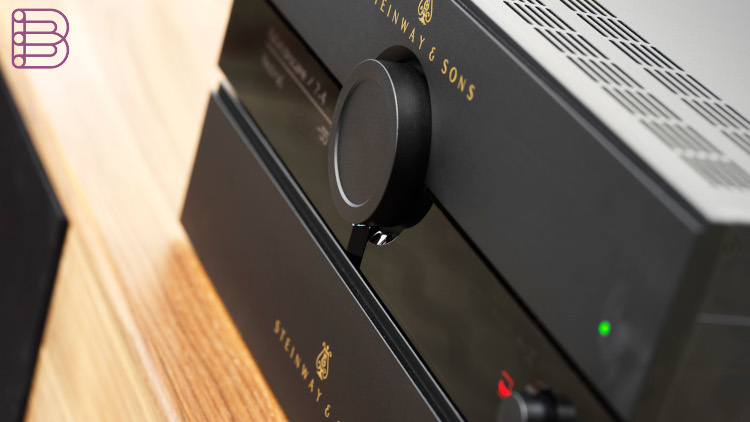
Fully digital is the way to go
One of the issues that you have with a multichannel system is that you have so many things to do. You need to do level adjustment, you need to have room correction, you need to have tuning capability, you need to have level controls for the surrounds and so on. Very often you run out of headroom. Maybe you have 24 bits to start with. You need to do so much that you end up with less than 16 bits or too little. Then you may have digital attenuation. All of a sudden, when you play at normal playback levels, you have very poor digital resolution. What we do in Steinway systems … we distribute the sound digitally through our own CAT5 cable, where we run high definition audio and all the control signals to the power amps from the processor. When we turn the sound up or down, it is still the power supply of the individual amplifier/digital-to-analog convertor that is adjusting the volume. Not in the pre-amplifier. The effect from that is that our multichannel systems are so free of noise, buzz and hum. We have a guarantee to all Steinway Lyngdorf customers, if there’s any hum, audible hum from anywhere in the system once it’s installed, they do not need to pay for the system. That’s regardless of how many meters of cable go to the digital-to-analog convertors and so on. I often do a demo where I play as loud as people can tolerate and then I add another 20dB of gain and ask the people if they can hear any buzz, hum or noise from the woofers. There is nothing. You can actually put a stethoscope on the woofers and there’s no noise. That’s how perfect the system is. That’s how noise free it is. If you take virtually any other multichannel system, you’ll have a little bit of hum, a little bit of this and that, that is not supposed to be there. Once you have a little bit of hum, you can’t reproduce a piano. It doesn’t sound like a piano. Sorry, it doesn’t sound like a piano, because the piano is modulated by that hum. There are so many things to take care off in a multichannel system, but because we are fully digital and because my engineers are so damn dedicated to good sound … it’s also a little bit of a provocation to make a model B speaker system and use a multichannel system as a standard preamplifier. It’s that good. There is no compromise to our best stereo. Peter Lyngdorf – Founder Steinway Lyngdorf
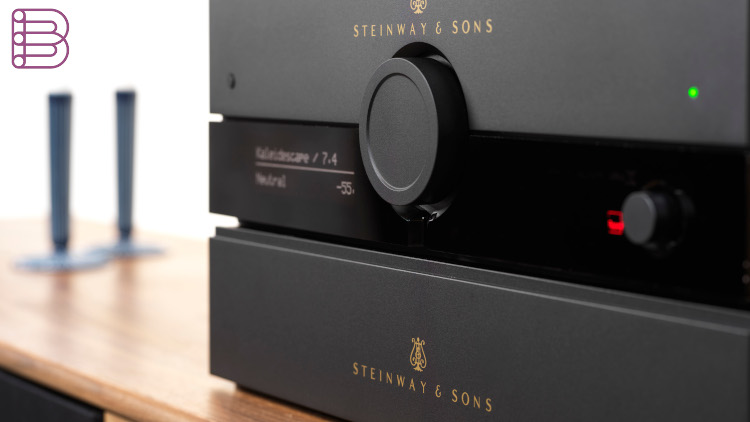
Find out more about the Steinway Lyngdorf P300.
Find Steinway Lyngdorf shops in the Benelux.
Find Steinway Lyngdorf dealers worldwide.





